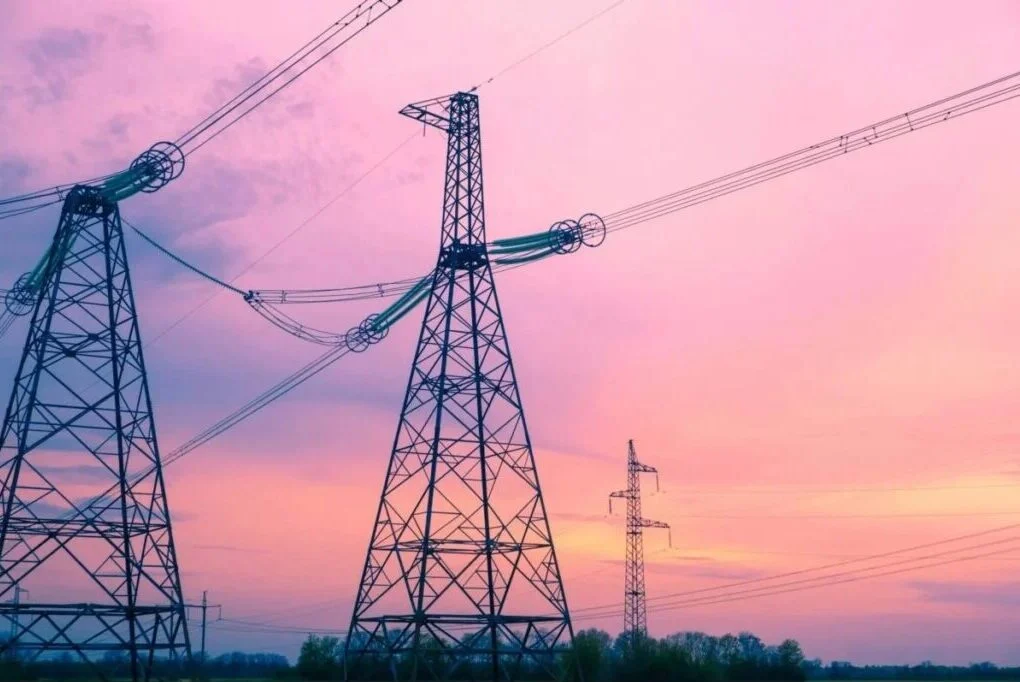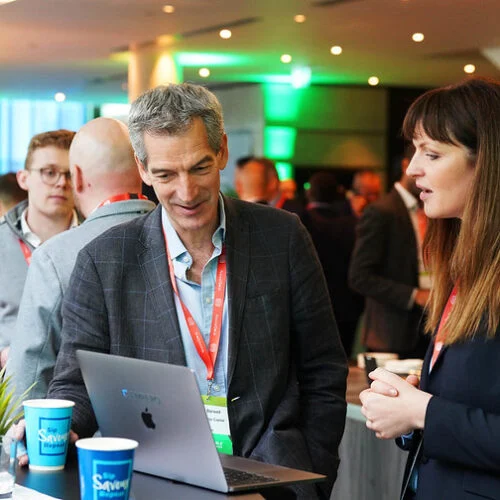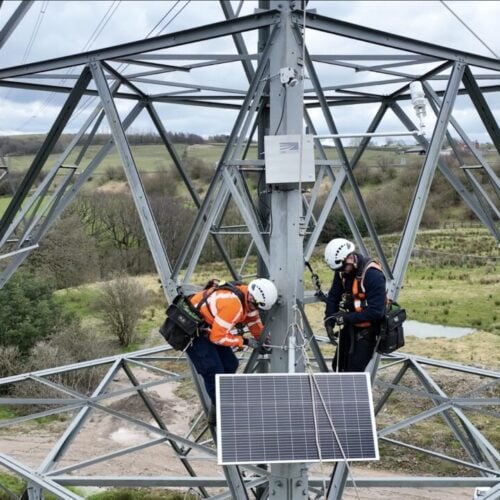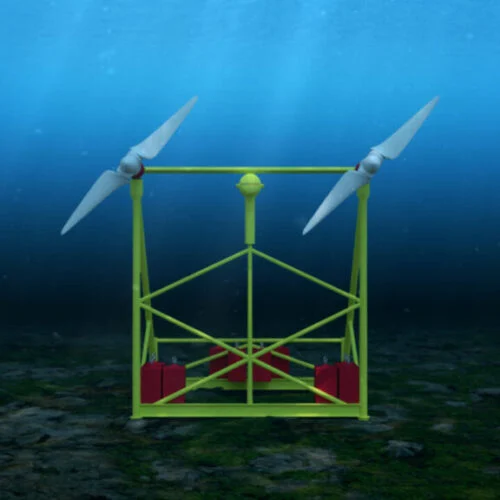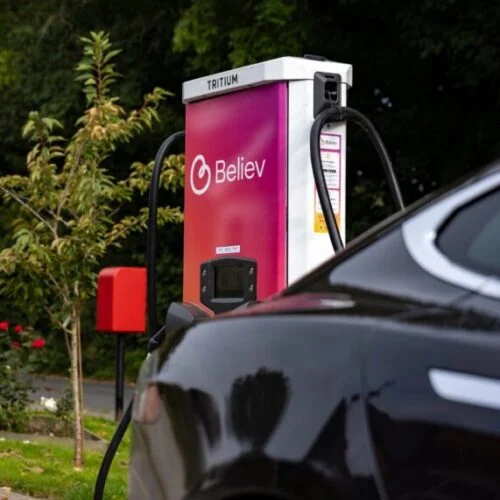The National Energy System Operator (NESO) has published its timeline for the delivery of major reforms to the UK grid connections system.
On 8 July, NESO will open a window for submission of evidence for transmission projects and Distribution Network Operators (DNOs), with relevant parties being asked to provide evidence of the maturity and deliverability of their projects.
After the transmission evidence window closes on 29 July, NESO will begin the herculean task of reorganising the over 3,000 projects in the grid connections queue. Following this, new connection agreements will be issued in autumn of this year, with priority being given to projects which are ready to be delivered and are most critical to the success of the Clean Power 2030 goals.
In order to make the process as efficient as possible, NESO will be running weekly webinars for DNOs and project developers to ensure all involved are clear on what they must deliver in this process. Developers can also receive support from DNOs and through bespoke programmes which will be led by the Energy Networks Association (ENA).
The UK’s energy regulator Ofgem, formally approved NESO’s proposed reforms in April of this year. These reforms are set to remove so-called “zombie” projects – those which have little to no chance of ever being successfully developed – from the queue to ensure faster connection to the grid for viable energy projects.
Ofgem notes that as of February of this year, there are 756GW worth of projects waiting to connect to the grid, with 587GW at transmission and 178GW on the distribution network; these figures far exceed what is needed to deliver either Clean Power 2030 or net zero by 2050.
Last autumn, the ENA released figures noting that since it had launched its Strategic Connections Group in order to tighten up the grid connections queue, electricity network operators had successfully cut 10GW of zombie projects from the connections queue. Ofgem has previously stated that reforms to the grid connections queue will not only help the UK achieve its decarbonisation goals, but also lower consumer bills and reduce system costs.
Matt Vickers, director of connections reform at NESO, stated that the body is keen to work closely with developers through the process to provide them with as much information as possible ahead of the evidence submission opening in July.
He added: “Given the scale of the task ahead of us, developers of all sizes will need to work with us and network operators to help make sure connections reform is a success by engaging in the process at the earliest opportunity.”
Kyle Smith, head of connections at ENA, called working alongside NESO on grid connection reform “one of network operators’ top priorities”, adding that the release of the timeline shows progress is being made in this arena.
He added: “We also should not forget that reforming the connections queue is just part of the solution – we also need to modernise our planning processes and approach to land rights to ensure local decisions align with national priorities, helping networks to deliver the government’s ambitions for renewable infrastructure investment.”
